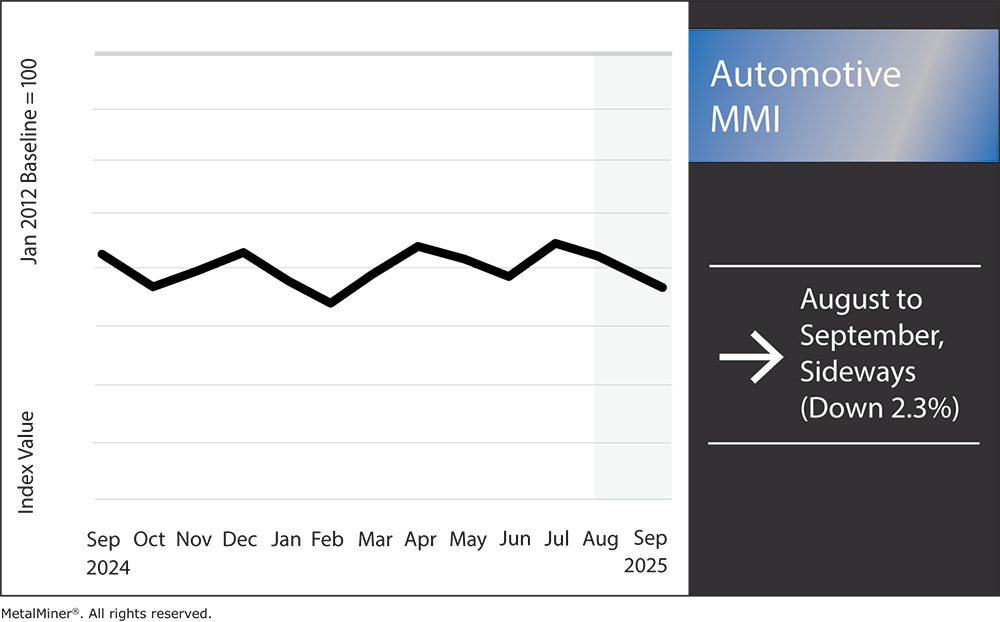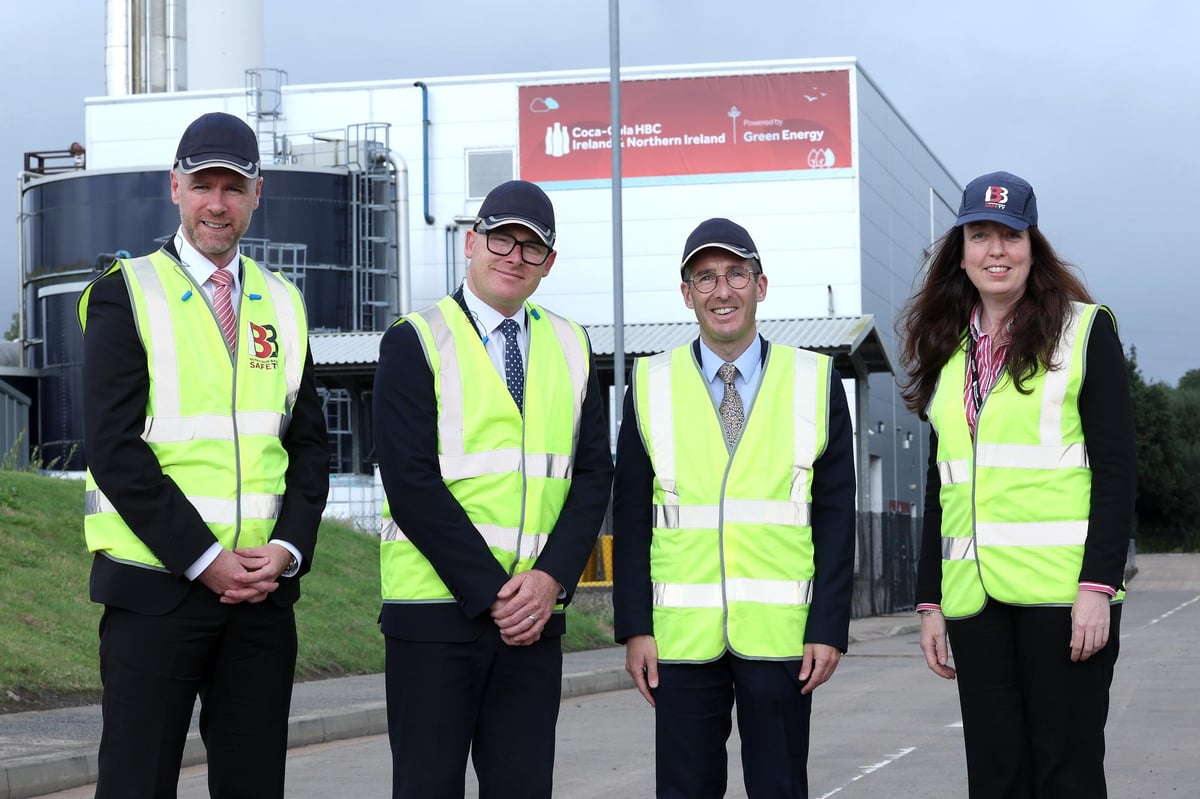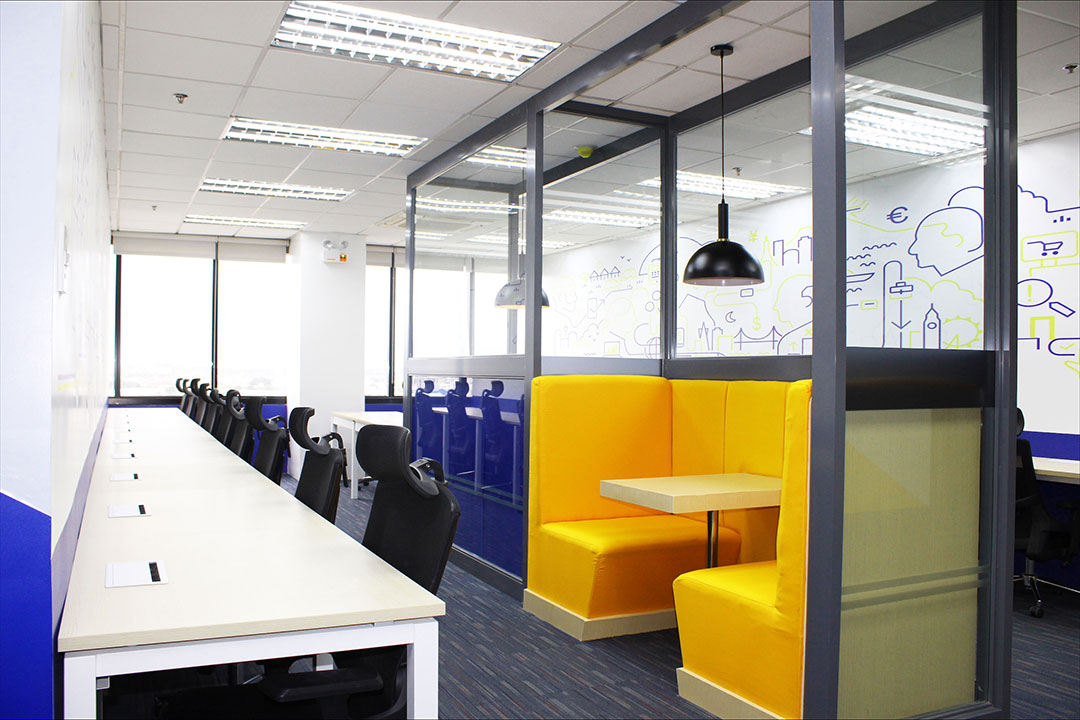
Yves here. Compared to all of the emotionally-charged stories dominating the news, cars may seem comparatively unsexy. But automakers and their suppliers are still employers in the US. Western automakers are having their lunches eaten by Chinese EVs, even allowing for buyers who for various reasons won’t purchase an EV. Even China is suffering from ruinous EV competition which the government is trying to address. So the economic health of the entire industry is poor, and Trump tariffs are another whack.
This article describes some of the attempts to adapt.
By Metal Miner, the largest metals-related media site in the US according to third party ranking sites. Cross posted from OilPrice
U.S. automakers are facing increased metal costs and potential shortages due to expanded tariffs on imports like steel and aluminum, and geopolitical disruptions affecting critical EV minerals.
The 50% tariff on various metal imports can significantly raise vehicle production costs, impacting automakers’ margins and potentially increasing car prices for consumers.
Automakers are mitigating these risks by securing longer-term fixed-price contracts for metals, diversifying suppliers, increasing local sourcing, redesigning parts, and striking direct deals with mining companies for battery minerals.
The Automotive MMI (Monthly Metals Index) moved sideways, dropping a slight 2.3%. This comes as the US automotive market, manufacturers in particular, are facing a one-two punch of rising costs and potential shortages in their metal supply chains. A big reason for this is steep tariffs on steel, aluminum and other inputs, which are driving up raw material costs.
How Are Tariffs Driving Up Costs for the US Automotive Market
The US government has expanded its metal tariff (initially 25%) to a hefty 50% on a broad range of imports, including automotive-grade steel and aluminum. These duties essentially act as a tax on every car built with imported material. Automotive Dive reports that the 25% steel tariff alone could add up to $1,500 to the cost of a typical vehicle, and the burden climbs higher as tariffs double. Industry-wide, that means significant added expenses, which directly threaten automakers’ margins and could eventually push up car prices for consumers.
Hot-dipped galvanized steel prices, September 2025, MetalMiner Insights
Even companies that primarily rely on US-sourced steel aren’t spared, as domestic producers have raised prices in tandem with tariff-fueled market increases. In effect, automakers encounter rising costs even when purchasing “Made in America” steel.
This leaves companies with two choices: absorb the added expense or pass it along to buyers through higher vehicle prices. MetalMiner’s weekly newsletter provides free price updates about tariffs and pass-it-along-to-consumers costs to help manufacturers make proactive purchasing decisions rather than reacting to volatility within its newsletter.
What About Critical Minerals?
Tariffs are not the only issue facing the US automotive market. Critical EV minerals like lithium and rare earth elements have their own supply risks. In early 2025, China halted exports of certain rare earth metals needed for EV motors, which quickly led to significant issues. According to Automotive Logistics, the move underscores how vulnerable the auto supply chain is to geopolitical shocks. And because China controls about 90% of global rare earth refining capacity, automakers now face critical material shortages.
Related: Global EV Sales Growth Slows as Chinese Surge Cools
Amid these changes, firms across the US automotive market are racing to secure more reliable sources for these minerals. For instance, EV maker Lucid Group recently launched a collaboration with several US mining and refining companies, aimed at boosting domestic output of battery metals and reducing reliance on overseas suppliers. The coalition’s members are pursuing new mines and processing facilities to build an American battery-material supply chain.
How Are Automakers Responding to Mitigate These Risks?
So far, automakers are employing several strategies to weather the storm. One approach is locking in longer-term contracts for key metals at fixed prices, which serves as a buffer against cost spikes. For instance, General Motors and others have already signed two- to three-year steel supply deals with Cleveland-Cliffs, providing cost predictability amid tariff volatility.
Manufacturers are also diversifying suppliers and increasing local sourcing where possible, with some firms redesigning parts to use less imported metal and investing in recycling to help reclaim more scrap. As previously mentioned, a few automakers have struck direct deals with mining companies for lithium and other battery minerals, allowing them to secure supply at the source. Another strategy is leveraging better market intelligence. For example, procurement teams are using specialized resources like MetalMiner Select to track price trends, trade actions and forecasts in real time.
What is the Outlook for 2026, and How Can Procurement Leaders Navigate It?
Some analysts predict that metal prices could stabilize or even fall as the initial tariff shock is absorbed, giving buyers a breather. However, with EV demand still growing, volatility isn’t likely to go away.
Success in this environment calls for a proactive strategy. For example, leading firms use forecasting and benchmarking to guide their buying plans, which can provide additional protection. It’s also crucial to stay alert to policy shifts, since trade rules can change on short notice. Internally, US automotive market procurement leaders should stress that building more resilient supply lines through dual sourcing or extra inventory may entail upfront costs, but will ultimately protect the business from disruptions down the road.
US companies sourcing metals in 2025 find themselves at the nexus of trade policy and the clean energy transition, presenting a challenging scenario. However, with solid market intelligence, diversified sourcing and strategic partnerships, procurement leaders can mitigate the turmoil.



